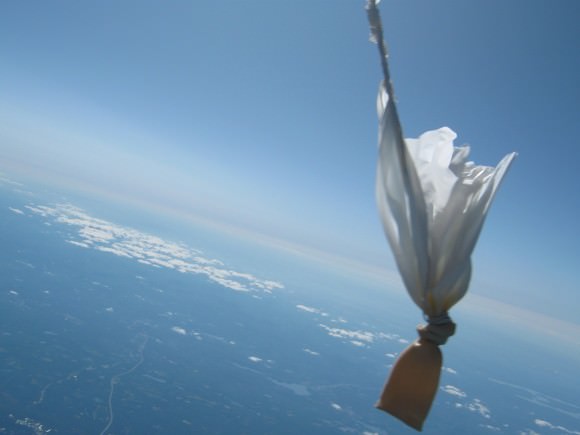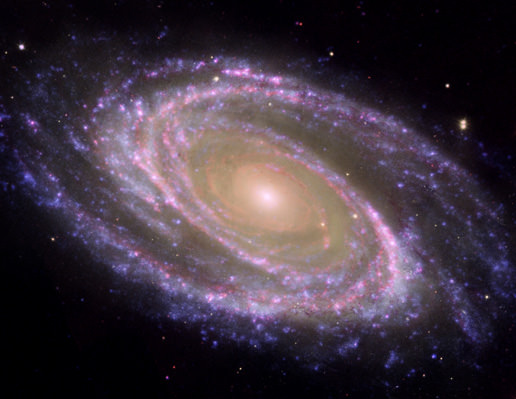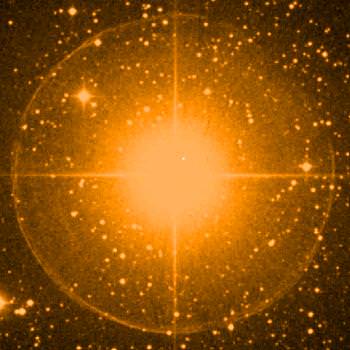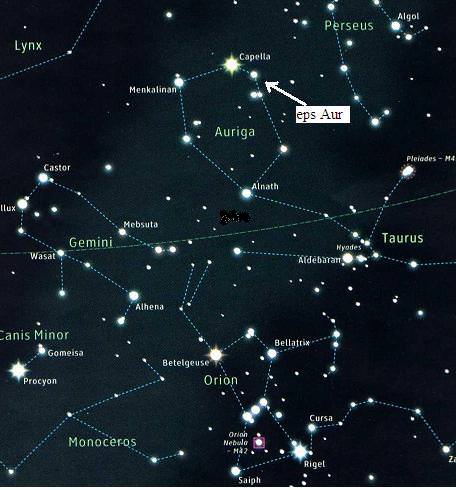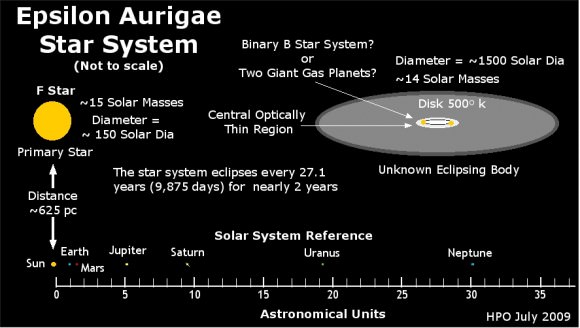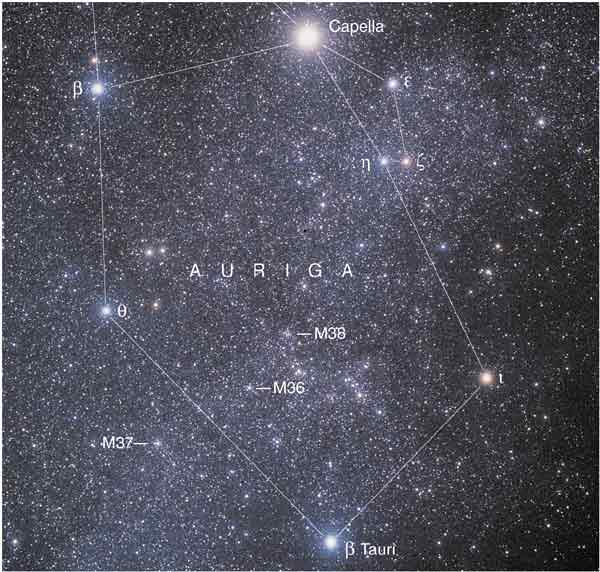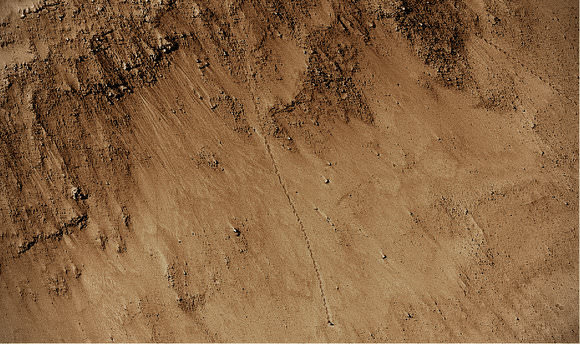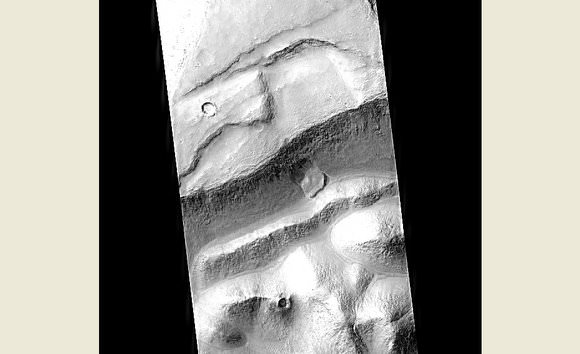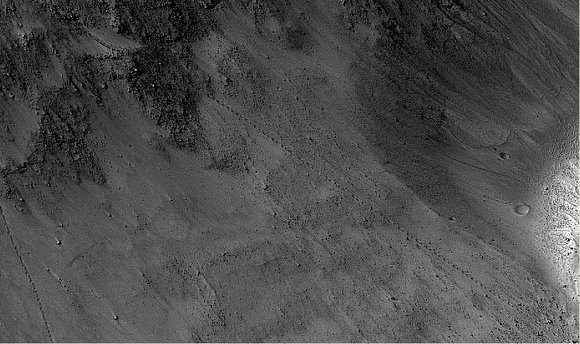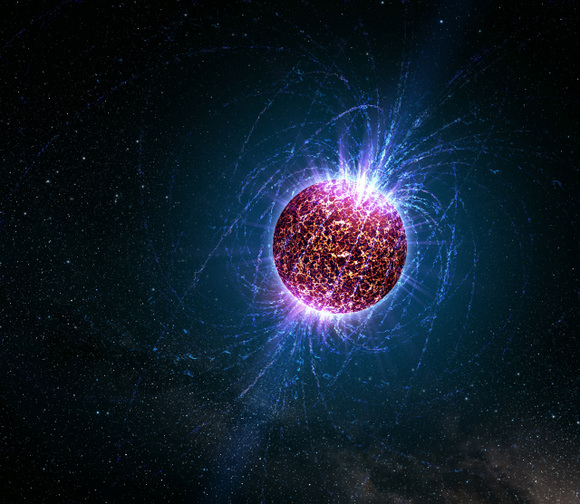Caption: View of the moon at perigee and apogee
As a teacher, I’m always on the lookout for labs with simple setups appropriate for students. My current favorite is finding the speed of light with chocolate.
In a new paper recently uploaded to arXiv, Kevin Krisciunas from Texas A&M describes a method for determining the orbital eccentricity of the moon with a surprisingly low error using nothing more than a meter stick, a piece of cardboard and a program meant for fitting curves to variable stars.
This method makes use of the fact that the eccentricity can be determined from the ratio of the mean angular size of an object and one half of its amplitude. Thus, the main objective is to measure these two quantities.
Kevin’s strategy for doing this is to make use of a cardboard sighting hole which can slide along a meter stick. By peering through the hole at the moon, and sliding the card back and forth until the angular size of the hole just overlaps the moon. From there, the diameter of the hole divided by the distance down the meter stick gives the angular size thanks to the small angle formula (? = d/D in radians if D >> d).
To prevent systematic errors in misjudging as the card is slid forward until the size of the hole matches the moon, it is best to also approach it from the other direction; Coming from in from the far end of the meter stick. This should help reduce errors and in Kevin’s attempt, he found that he had a typical spread of ± 4 mm when doing so.
At this point, there is still another systematic error that must be taken into account: The pupil has a finite size comparable to the sighting hole. This will cause the actual angular size to be underestimated. As such, a correction factor is necessary.
To derive this correction factor, Kevin placed a 91 mm disk at a distance of 10 meters (this should produce a disk with the same angular size as the moon when viewed from that distance). To produce the best match, the slip of cardboard with the sighting hole should need to be placed at 681.3 mm on the meter stick, but due to the systematic error of the pupil, Kevin found it needed to be placed at 821 mm. The ratio of the observed placement to the proper placement provided the correction factor Kevin used (1.205). This would need to be calibrated for each individual person and would also depend on the amount of light during the time of observation since this also affects the diameter of the pupil. However, adopting a single correction factor produces satisfactory results.
This allows for properly taken data which can then be used to determine the necessary quantities (the mean angular size and 1/2 the amplitude). To determine these, Kevin used a program known as PERDET which is designed for fitting sinusoid curves to oscillations in variable stars. Any program that could fit such curves to data points using a ?2 fit or a Fourier analysis would be suitable to this end.
From such programs once the mean angular size and half amplitude are determined, their ratio provides the eccentricity. For Kevin’s experiment, he found a value of 0.039 ± 0.006. Additionally, the period he determined from perigee to perigee was 27.24 ± 0.29 days which is in excellent agreement with the accepted value of 27.55 days.



